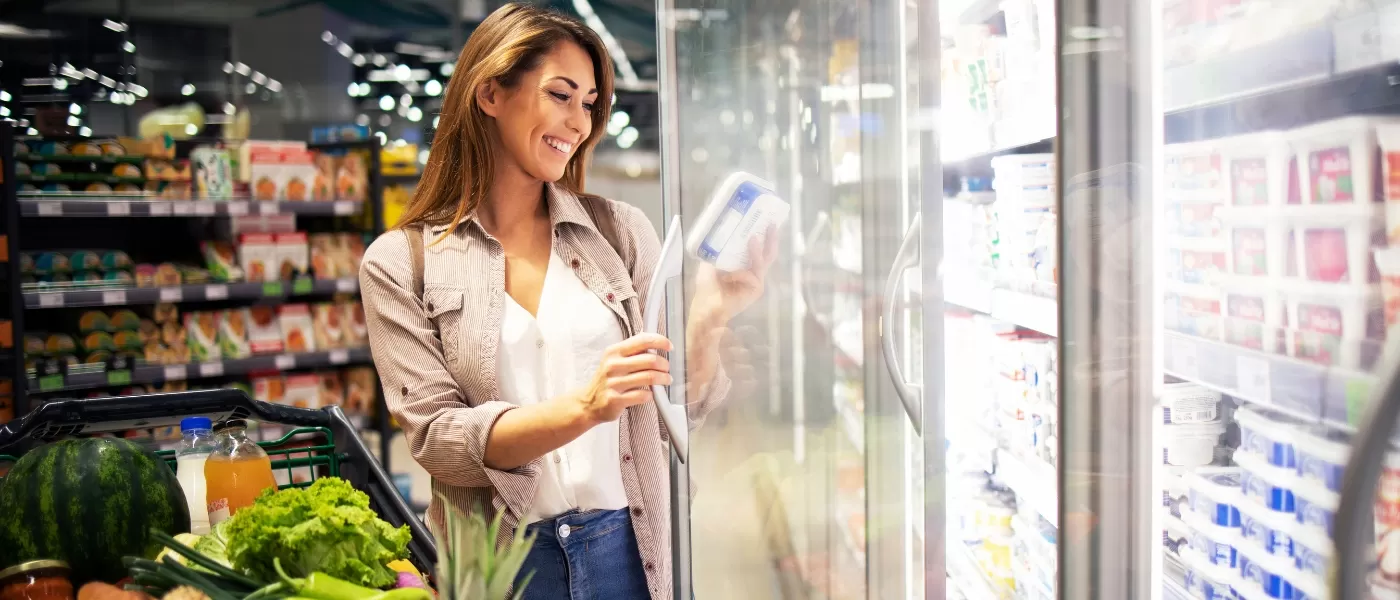
Packaging and labeling are universal elements of any product, but their adaptation to diverse markets is a nuanced and essential aspect, especially in the Fast-Moving Consumer Goods (FMCG) sector where regulations vary significantly across regions. In the global landscape, where the laws of the land differ substantially, understanding the unique requirements of each market is imperative for FMCG businesses. Here, we delve into the pivotal role of packaging and labeling, emphasizing the differences that arise due to varied legal frameworks around the world.
1. Legal Variations and Compliance:
Different countries have distinct regulations regarding product packaging and labeling. Ingredients, safety standards, and even the language in which the information is presented can be dictated by local laws. In FMCG, adherence to these regulations is not just essential for legal compliance but also for ensuring consumer safety and trust.
2. Cultural Sensitivities and Branding:
Cultural differences significantly impact packaging and labeling requirements. Colors, symbols, and images that are innocuous in one country can hold deep cultural meanings in another. FMCG companies must tailor their packaging to respect these cultural sensitivities. Moreover, branding elements need to resonate with the local population, making it necessary to adapt packaging designs to align with cultural preferences.
3. Language and Communication:
In multilingual regions, packaging must accommodate various languages. For instance, in the European Union, products often require labeling in multiple languages to cater to the diverse linguistic landscape. This linguistic adaptation is not just about translation but also ensuring that the tone and context of the information are culturally appropriate.
4. Environmental Regulations:
Environmental concerns and regulations surrounding packaging materials vary globally. Some regions have strict guidelines regarding the use of eco-friendly and biodegradable materials. FMCG companies need to navigate these regulations to align their packaging with international efforts toward sustainability.
5. Market-Specific Differentiation:
Packaging often serves as a tool for product differentiation. In a competitive market, unique packaging can set a product apart. Understanding the market dynamics of each region is crucial; what appeals to consumers in one market might not work in another. Packaging strategies need to be localized to cater to the specific tastes and preferences of the target audience.
6. Anti-Counterfeiting Measures:
Certain markets, especially those prone to counterfeit products, necessitate advanced packaging technologies. Incorporating features like holograms, QR codes, or other anti-counterfeiting measures is essential to protect both consumers and the brand’s reputation.
In conclusion, packaging and labeling are not one-size-fits-all solutions, especially in the dynamic world of FMCG. ASEAN Business Partners can help product companies adapt these elements across diverse markets which requires meticulous attention to legal requirements, cultural nuances, language intricacies, environmental concerns, market differentiators, and security measures.
Businesses that invest in understanding these complexities can not only ensure compliance but also foster consumer trust, drive brand loyalty, and achieve sustainable growth in the global FMCG landscape.
Stay up to update with our latest news.
Have Us Contact You

© Copyright ASEAN Business Partners 2025 I Sitemap I Privacy Policy